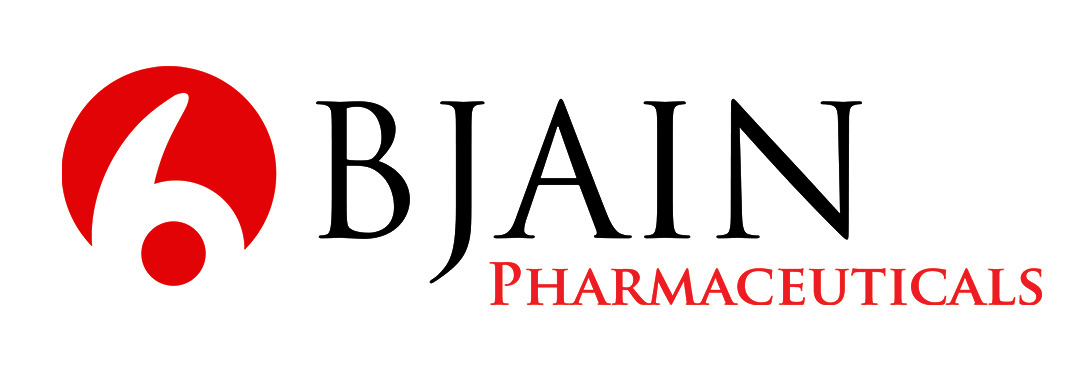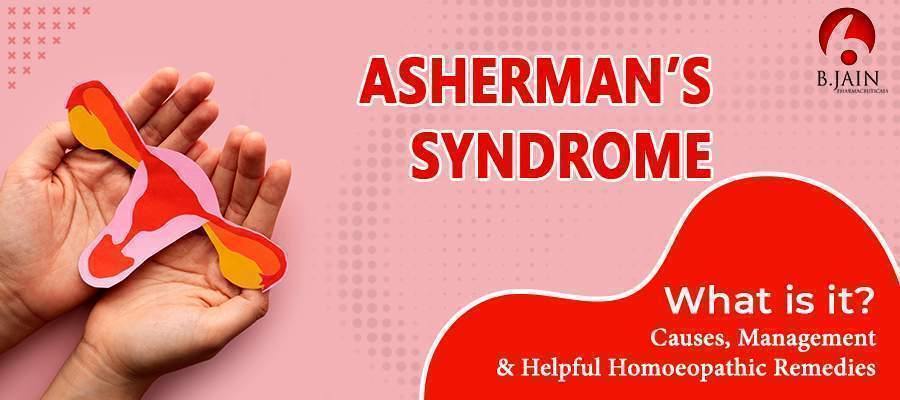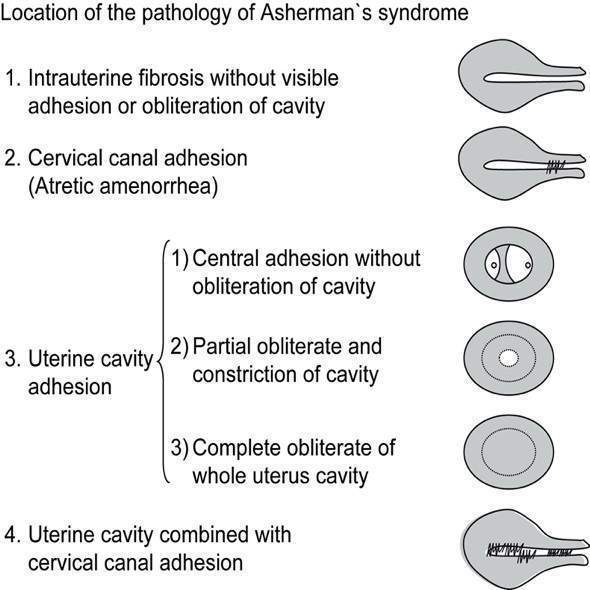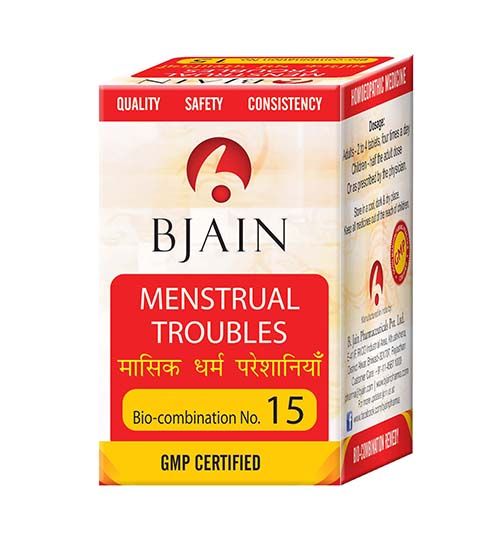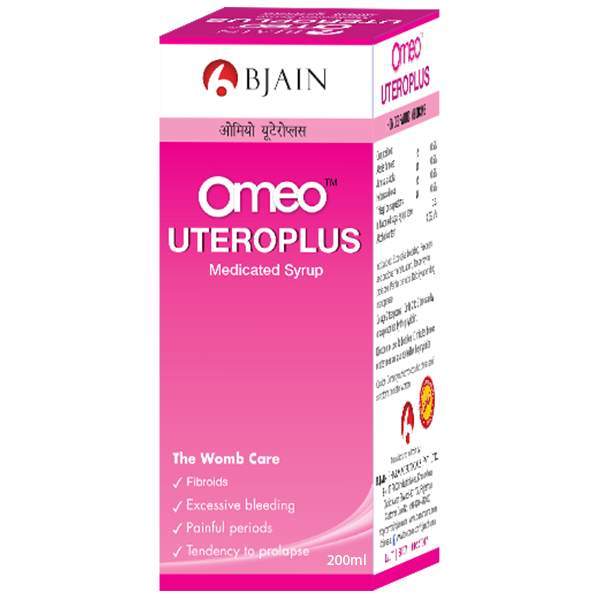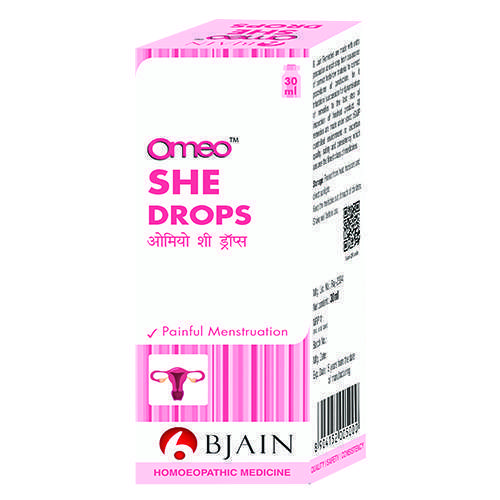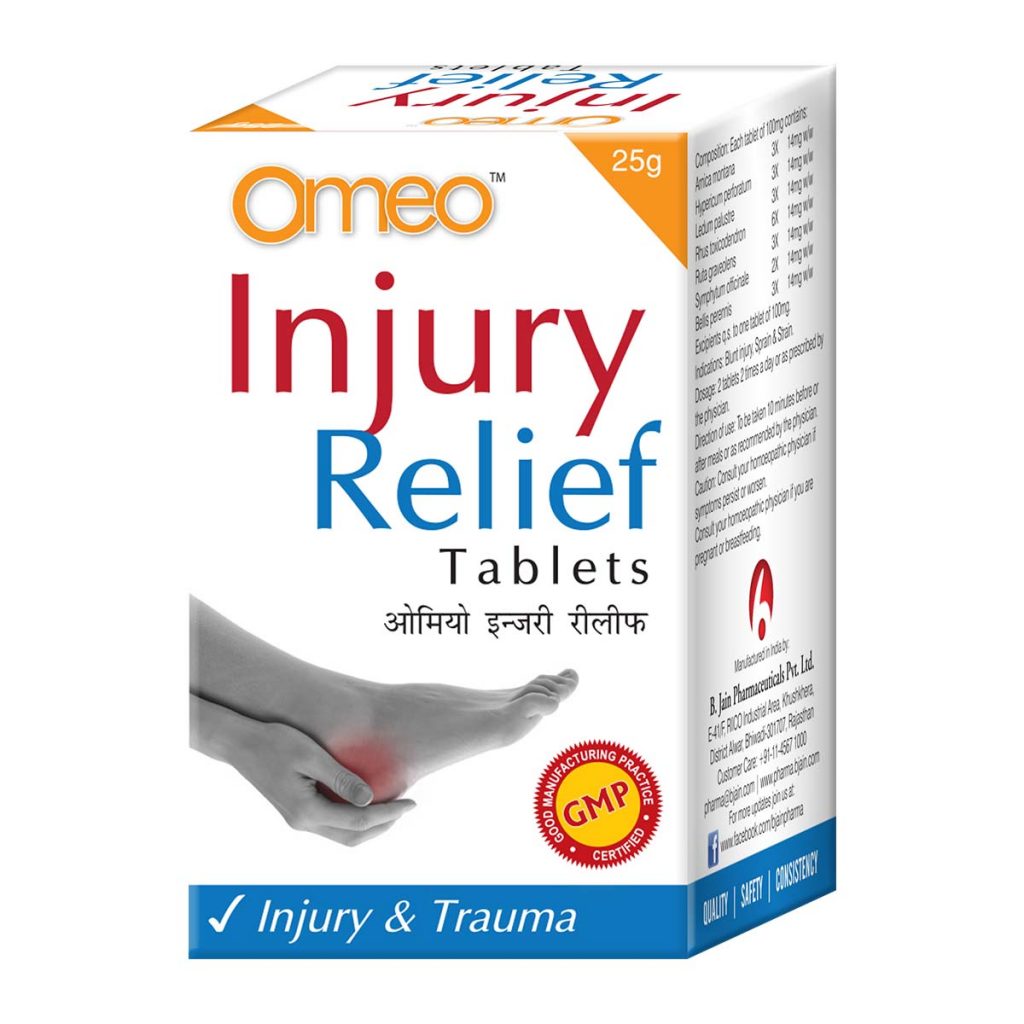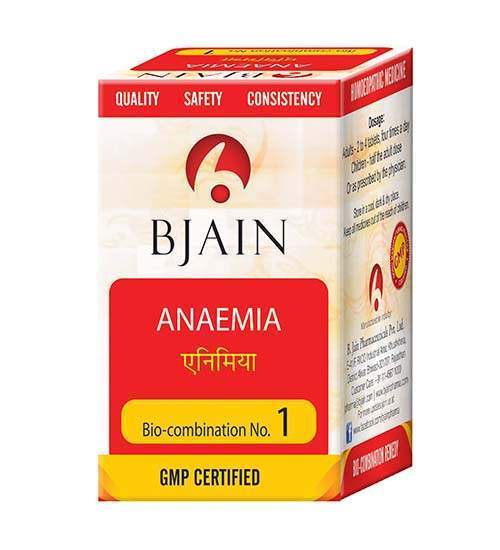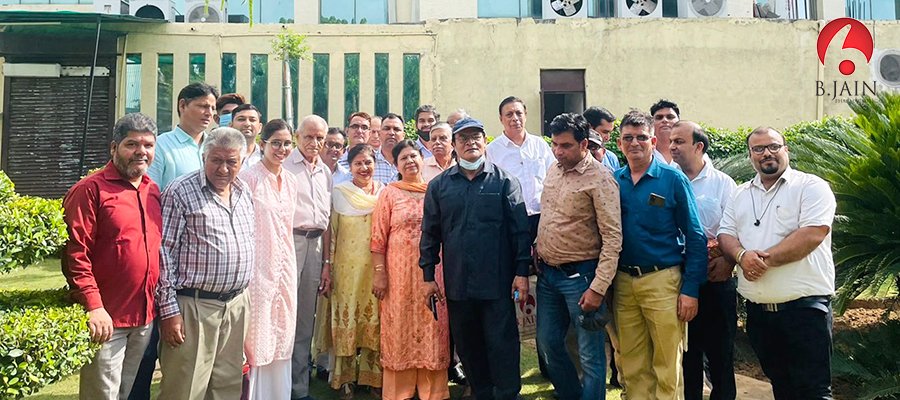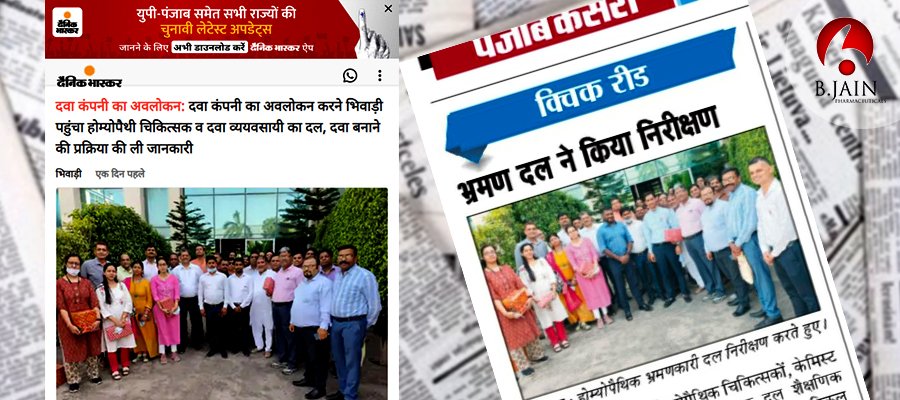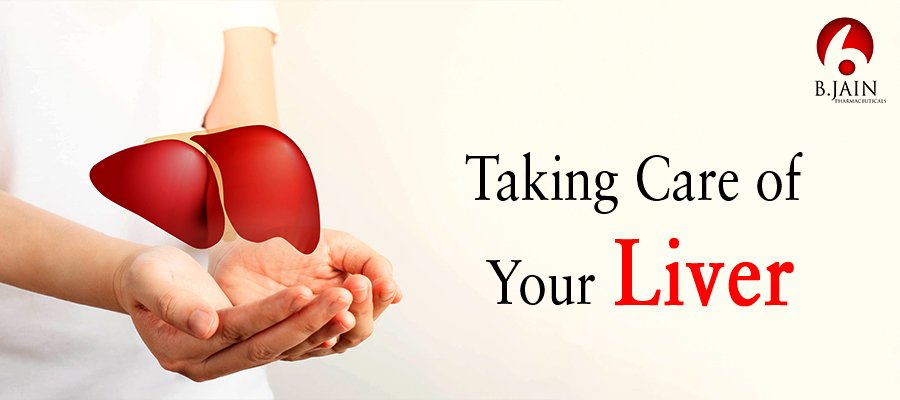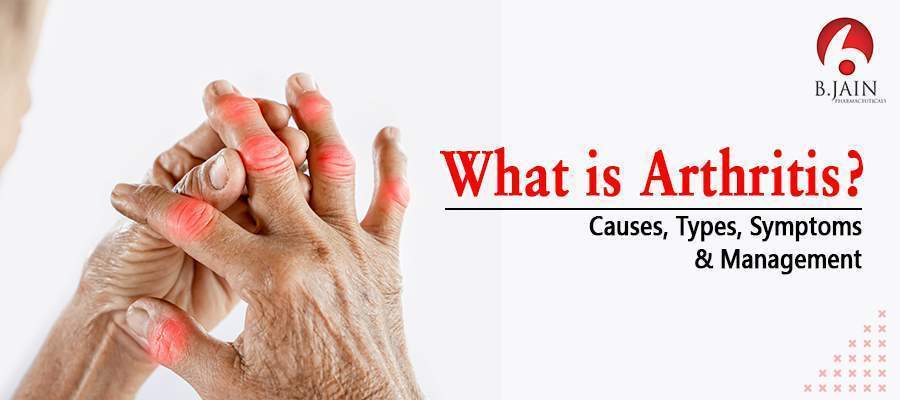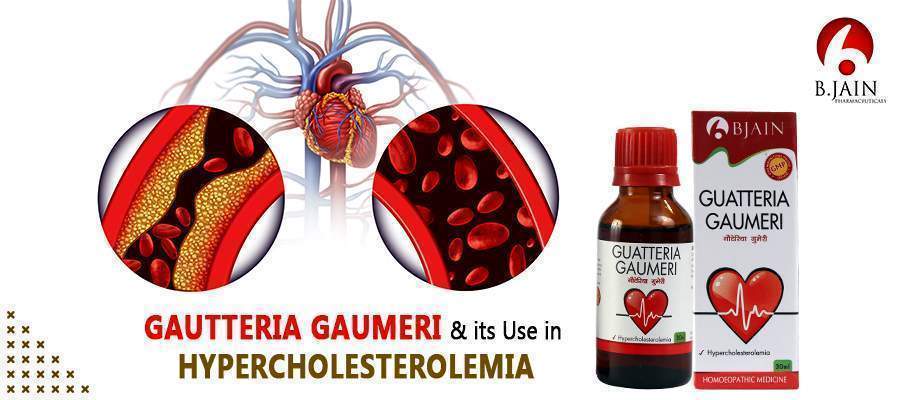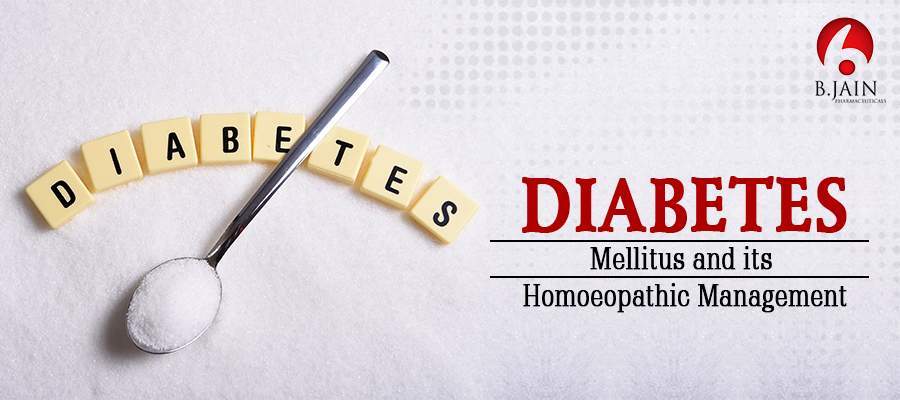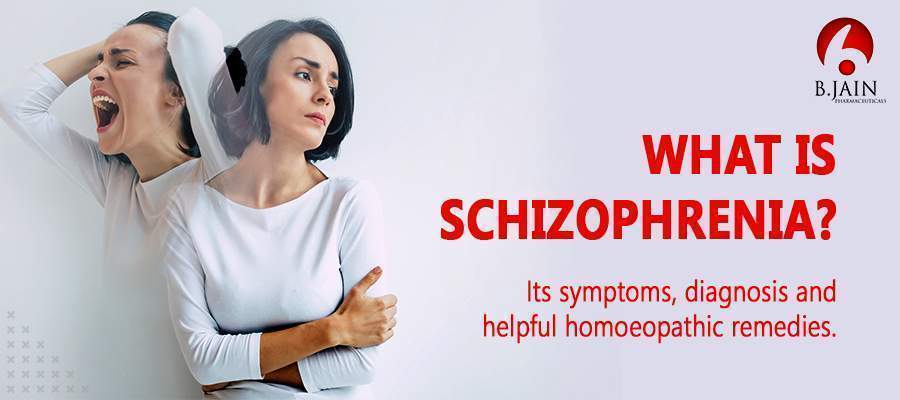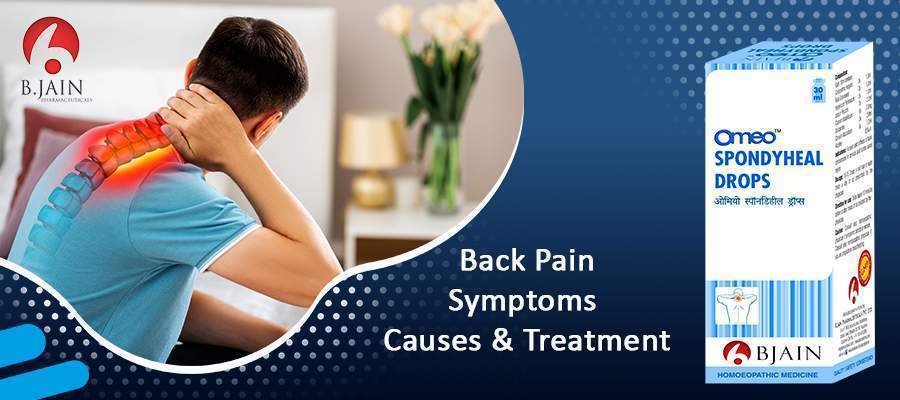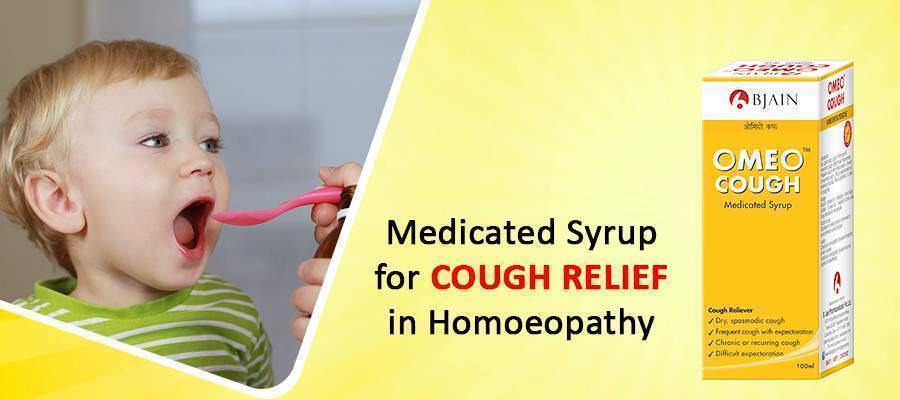Asherman’s Syndrome is an ailment of the uterus which may present symptomatically or may be diagnosed incidentally during an ultrasound or hysteroscopy of the uterus. It is an acquired condition and results from a formation of scar tissue in the endometrium or cervical tissue.
The inner cavity of the uterus is lined by a layer of cells known as the endometrium, which has further 2 layers- the Functional Layer and the Basal Layer. While the Functional layer is shed with each menstrual cycle, the Basal Layer helps in regenerating it. If the Basal Layer gets damaged due to any reason (most commonly due to over scraping of the endometrium during an abortion or D&C), it can lead to Asherman’s Syndrome.
The first case of Asherman’s Sydrome was published by Heinrich Fritsch in 1894 but a detailed report of the disease was mentioned in a Journal of Obstetrics and Gynecology of the British Empire by Joseph Asherman in 1948. It is hence often called as Fritsch-Asherman’s Syndrome.
Causes of Asherman’s Syndrome can range from:
- Dilatation and Curettage: This is the most common cause for Asherman’s and there is up to 90% positive history in patients presenting with the same. Its incidence can range from 13% in the first trimester to 30% at a later stage for pregnancy requiring D&C.
- Caesarean Section: Scar tissue post a LSCS can also be a cause of Asherman’s.
- Endometriosis: It is another clinical condition in which endometrium tissue is present elsewhere than its designated location and develops and sheds along with the usual menstrual cycle. It can sometimes present in combination with Asherman’s.
- Infections: It can also be a result of poor hygiene as is usually seen in countries which have a higher incidence of Genital Tuberculosis and Schistosomiasis.
- Irradiation: Radiation for Cancer Treatecan also give rise to Asherman’s Syndrome.
- Induced: Sometimes Asherman’s is induced artificially as a therapeutic method in patients suffering from excessive bleeding during menses, also known as Menorrhagia. The method used to achieve this is uterine ablation.
- Hypogonadism: This can also be a cause of Asherman’s Syndrome.
- Genetic Factors: Although not very clear in presentation, it can be a factor in populations that have a higher predisposition to it as compared to others.
Symptoms of Asherman’s Syndrome are:
- Irregular Menses: Due to a difficulty in formation of the functional layer, periods often become irregular in occurrence.
- Hypomenorrhea: Patients can present with a decreased flow of menstrual blood due to lack of proper endometrial lining being made.
- Amenorrhea: Amenorrhea or an absence of menses can happen post acquiring Asherman’s Syndrome as a result of adhesions being formed that prevent either the formation of the lining or block the flow of menstrual blood.
- Infertility or Miscarriages: This ailment is commonly found incidentally as a result of investigations for infertility due to uterine factors. It causes an inability to conceive or sometimes can also be a reason for repeated miscarriages due to lack of support of endometrial tissue in pregnancy.
- Pain: Adhesions in the cavity can give rise to pain during menses or ovulation and this becomes a symptom of Asherman’s Syndrome too.
Types of Asherman’s Syndrome:
A variant of Asherman’s Syndrome is called as Unstuck Asherman’s in which the endometrial walls are not stuck together but in fact the entire endometrium has been denuded making its management more difficult.
General Management of Asherman’s Syndrome:
The treatment of Asherman’s Syndrome aims to restore normal functioning of the endometrium by restoring the configuration of the uterine cavity, attempting to repair the scarred tissue and preventing further adhesions.
- Surgical: Hysteroscopy is Gold Standard for Diagnosis of Asherman’s Syndrome and can also have therapeutic effects. Hysteroscopic adhesiolysis is the surgery of choice for this condition. D&C for therapeutic purposes was also tried earlier but it led to uterine perforations and Hysterotomy proved to be a highly invasive procedure doing more harm than good.
- Preventing Re-Adhesions: This can be achieved by inserting IUDs or a uterine balloon stent. Basic principle is to avoid collapse of the uterine walls into each other hence preventing the reformation of adhesions. Hyaluronic acid is also found to be useful for the same.
- Hormonal Therapy: By administering estrogen, estrogen and progesterone in combination and sometimes sildenafil citrate helps in restoration and repair of the endometrium post-surgery.
- Stem Cell Therapy: This therapy, along with PRP has been tried recently and more research is needed on the same.
Some of the Homoeopathic Medicines Online available for this condition are:
Bio Combination Number 15 (Menstrual Troubles)
Indications:
- Painful menses
- Helps in treating irregular, late and scanty menses.
- Helps treat menstrual troubles in middle aged women as well
Key Ingredients:
Calcarea Phosphorica:
Indications:
- Pain with cramps and sweat.
- It is an excellent remedy after acute diseases to counter long term effects of diseases such as weakness, debility, anemia, etc.,
- Menses accompanied by a violent backache.
- Complaints following child birth.
- Numbness and crawling is a characteristic feature.
- Pains that get worse in cold and damp weather.
Active Constituent: Calcium Phosphate
Pharmacological Action:
It helps in repair of tissues and promotes healthy cell development.
It helps in cases of defective nutrition of all ages.
Kalium Phosphoricum:
Indications:
- Scanty and delayed menses.
- Menses with an offensive odor.
- Deep red or blackish red menses.
- Conditions worse by stress, in cold weather.
- Helpful in conditions that result from a lack of rest and adequate nutrition.
Active Constituent: Potassium Phosphate
Pharmacological Action:
It helps in cases of adynamic status and decay by helping restore nervous power and circulation of parts.
Ferrum Phosphoricum:
Indications:
- Suited to anemic individuals with presence of false plethora.
- Supportive to the oxygenoid constitution of wasting and emaciating types.
- Irregular menses, menses occurring every three weeks.
- Bearing down feeling in parts
- Short, soft, quick pulse with palpitations.
- Conditions better by cold application.
Active Constituent: Iron Phosphate
Pharmacological Action:
It helps by increasing blood circulation in parts deprived of Oxygen rich blood.
Kalium Sulphuricum:
Indications:
- For late and scanty menses with a persistent feeling of weight in abdomen.
- Colicky pains in abdomen.
- Helps in cases of metrorrhagia
- Conditions better in cool and open air instead of warm and closed rooms.
Active Constituent: Potassium Sulphate
Pharmacological Action:
Acts by removing the effects of toxins in the body.
Magnesia Phosphorica:
Indications:
- Spasmodic conditions with cramping type of pains.
- Pains that are better by application of warmth such as hot water bottle.
- Colic that results in the patient wanting to bend double.
- Bloating from flatus, wants to loosen the clothing around waist for relief.
- Dysmenorrhea of membranous type, menstrual flow that is stringy and dark.
Active Constituent: Magnesium Phosphate
Pharmacological Action:
Its main action is centered on the large intestine and it primarily acts by relieving its complaints.
As a mineral it restores the bodies energy and helps in initiating the regeneration of body’s nerves and muscles.
General Management of Asherman’s Syndrome:
Other than Hysteroscopic Adhesiolysis and Prevention at the first go itself, best efforts should be made to avoid infections especially in a country like India where TB is so commonly present. General Hygiene and Female Hygiene needs to be maintained at all times.
Home Remedies for Asherman’s Syndrome:
Anti-adhesive and anti-inflammatory herbs such as turmeric and ginger are very useful in this condition.
Consumption of Cranberry Juice is also a useful aid.
Similar products available:
Omeo Uteroplus Syrup:
Indications:
It is a specially curated syrup for womb care and acts on uterine issues.
It has the potential to help prevent miscarriages and abortions by increasing the circulation of the uterus and helps relieve dysmenorrhea. It also adds to the tonicity of the uterus thereby strengthening it.
Ingredients:
- Aletris farinose
- Janosia asoka
- Helonias dioica
- Thlapsi bursa pastoris.
Omeo She Drops:
Indications:
It is a specialized formula designed for painful menses accompanied by backache, nausea and vomiting. It has antispasmodic properties and is hence given in the form of drops.
Ingredients:
- Cal. Iod
- Caulophyllum thalictroides
- Cimicifuga racemose
- Magnesium phosphoricum
- Viburnum opulus.
Omeo Injury Relief Tablets:
Indications:
It is an excellent remedy for injuries and since Asherman’s is usually a result of injury to the endometrium, it makes this remedy of much use in dissolving the scar tissue and making the endometrium suitable again.
Ingredients:
- Arnica
- Bellis Perennis
- Hypericum
- Ledum Pal
- Ruta Graveolens
- Symphytum off.
Bio Combination No. 1 (Anemia):
Indications:
Useful for nutritional deficiencies such as anemia. Helpful after surgery and after chronic diseases. Improves digestion and iron absorption in the body. Helps deal with Physical exhaustion and weakness.
Ingredients:
- Calcarea phosphorica
- Ferrum phosphoricum
- Natrum muriaticum
- Kalium phosphoricum
Read More our blog about – Back Pain – Symptoms, Causes and Treatment
